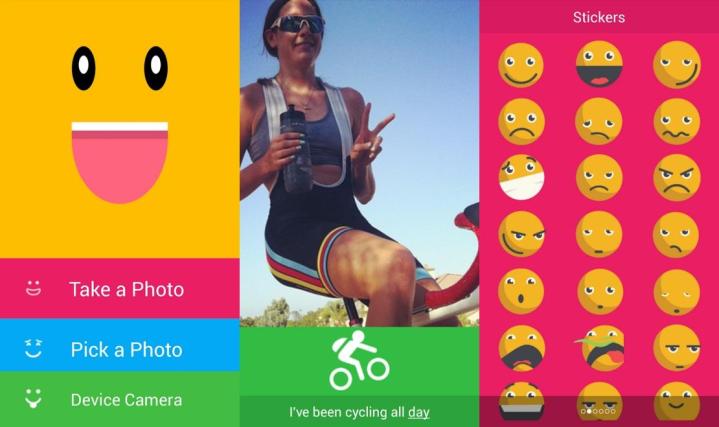
While it’s possible to add a comment to smartphone pictures when sharing them in social networks such as Facebook or Instagram, what about if you want to share them elsewhere, or print them out? This is where Smiley Camera comes in. The app, which was developed by XDA forums member donniemceduns, lets you add personal messages directly to your photos.
Coming with a sleek and colorful interface inspired by Google’s new Material Design, the app lets you add captions to your pictures and adorn them with over 500 different smileys and stickers which are included in the app. This way, you can add personal messages to your photos or tell little background stories that add some context to what’s being shown in the picture.
Smiley Camera is available only for Android smartphones so far, and it’s compatible with all devices running version 4.0 Ice Cream Sandwich or later. The app can be downloaded free of charge from Google Play Store. And if you’re an XDA forum member, you can leave your feedback in the dedicated thread and help improve future versions of the app.
(Via XDA Developers)
Editors' Recommendations
- How to turn off the camera shutter sound on an Android phone
- The best camera apps for Android
- This new Canon photo app will help you decide which pics are worth keeping
- How to take great photos with your Pixel 4 or 4 XL
- What is Photoshop Camera? How Adobe’s new A.I. app edits photos before you take them


